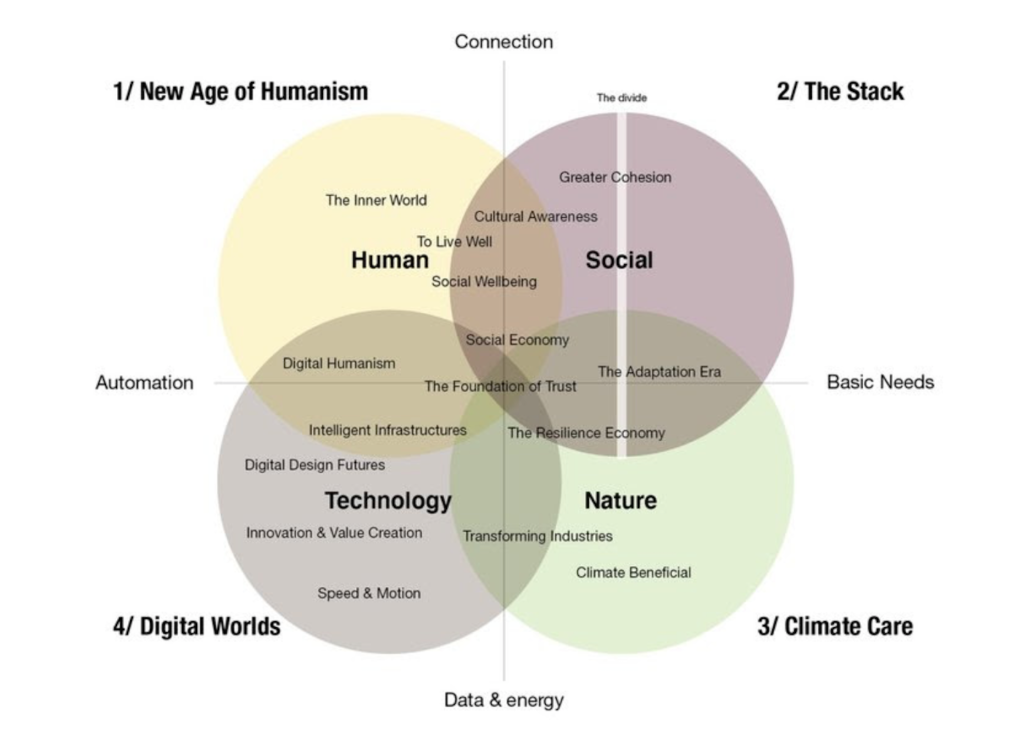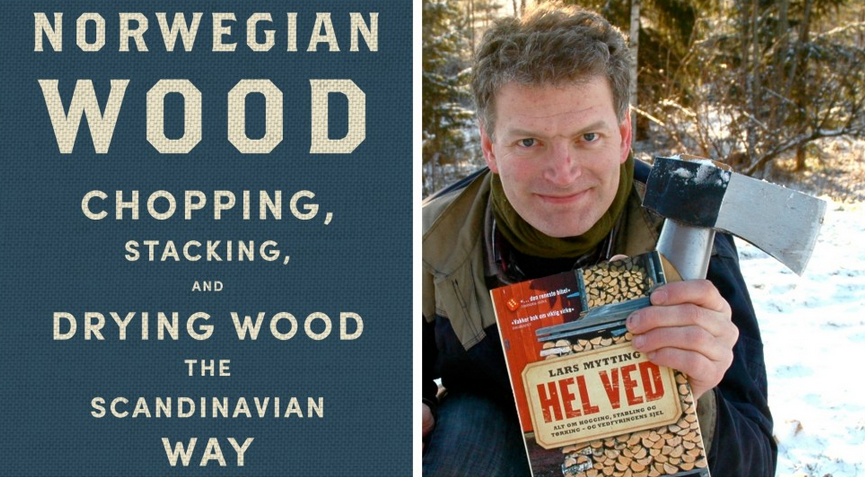
Maybe it’s me, but I don’t understand this, especially the axes. It’s from Oltmans van Niekerk, a global research and innovation firm in the Netherlands.

Many moons ago (I’ve never used that phrase before , where did that suddenly come from I wonder?) I wrote something on weak signals and mentioned that t-shirt slogans are a good source of weak signals, emerging trends or at least new feelings. Here’s a t-shirt from, rather weirdly, from a cybersecurity conference of all places.
…is asociality. This isn’t to be confused with people being anti-social, which generally refers to antagonism, displeasure or hostility towards other human beings. It isn’t quite introversion either, which might be referred to as someone that’s reserved or reflective or autism where people find it hard to interact with other people. No, this is more to do with individuals (or indeed an entire society) that just prefers to be left alone, dare I say it, to their own devices.
Is this a trend, a counter-trend or a fad?
It’s not a trend to my mind – not large enough in scale or fast enough in velocity. It could be a classic counter-trend. The bigger a macro-trend the greater the chance that a micro-trend will emerge as a balancing force in my experience (e.g. globalisation drives localisation, fast food drives slow food, digitalisation drives craft). I think this is a fad driven by a certain demographic (nostalgic), but also a kind of reverse /ironic status.
In the case of phones though, there’s also a real need. The low-cost dumbphone was originally designed to appeal to poor users in Asia and especially Africa. They now appeal to people seeking a cheap phone that won’t get stolen, won’t break if dropped, won’t act as a tracking device and won’t run out of battery life in an emergency.
The Nokia 3310, for example, isn’t the future of phones, far from it, but it is part of a longing for simplicity. It’s one species within a complex ecosystem of technical diversity.
Here you go then. Use this link to get to a high resolution version. A3, A1 and rather wonderful AO sized copies on paper are available upon request (no charge except for print, post and a cardbaord tube). See you in the future.
I’ve had a bit of an epiphany. I was talking to someone last week about what the future of retail might look like…in 2020. That’s right, how the future will look in 48-months. Such a timescale automatically pulls anyone back into now and the projection of current trends and technologies forward. This is when reality destroys your thinking. I was polite and hopefully helpful but that’s me done. I’m no longer interested in the year after next or anything less than a decade away. As far as possible I am going to stop using trends as an excuse to talk about the future and think about the real future instead. From now in it’s timescales of 2030, 2040 and 2050 .
 It strikes me that if you want to spot trends or engage with the zeitgeist a good way to start is to look at what people are reading, watching or listening to. A good example is the recent US best seller book list. Top of a recent list were a biography of Elon Musk and the story of the Wright brothers. What can we make of this? Possibly that the US is thinking about invention and new technology, but also that it is looking backwards to an era of great achievement and invention.
It strikes me that if you want to spot trends or engage with the zeitgeist a good way to start is to look at what people are reading, watching or listening to. A good example is the recent US best seller book list. Top of a recent list were a biography of Elon Musk and the story of the Wright brothers. What can we make of this? Possibly that the US is thinking about invention and new technology, but also that it is looking backwards to an era of great achievement and invention.
More interesting though is a book about wood (not in the list, but I’d predict a Christmas best-seller for 2015). I’m no Rorschach test expert, but I think this book might possibly tap into or illustrate a general mood. The book in question is Norwegian Wood: Chopping, Stacking and Drying Wood the Norwegian Way by Lars Mytting. Huh?
I think the reason this book is being picked up is twofold. Most fundamentally, this book is a reaction to a crisis of masculinity. Same with beards – are there any beard books? Second, it is symbolic of a human need to disconnect and engage with nature using our hands. That’s what I think anyway.
Last night I attended the launch of Global Strategic Trends (issue 5) out to 2045.
If you don’t know it this document describes the future context for defence and security out to the year 2045, although it’s useful for general global operating environment too.
PDF (18 MB, 100 pages is on this link)